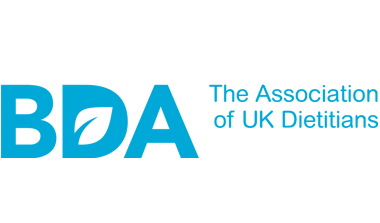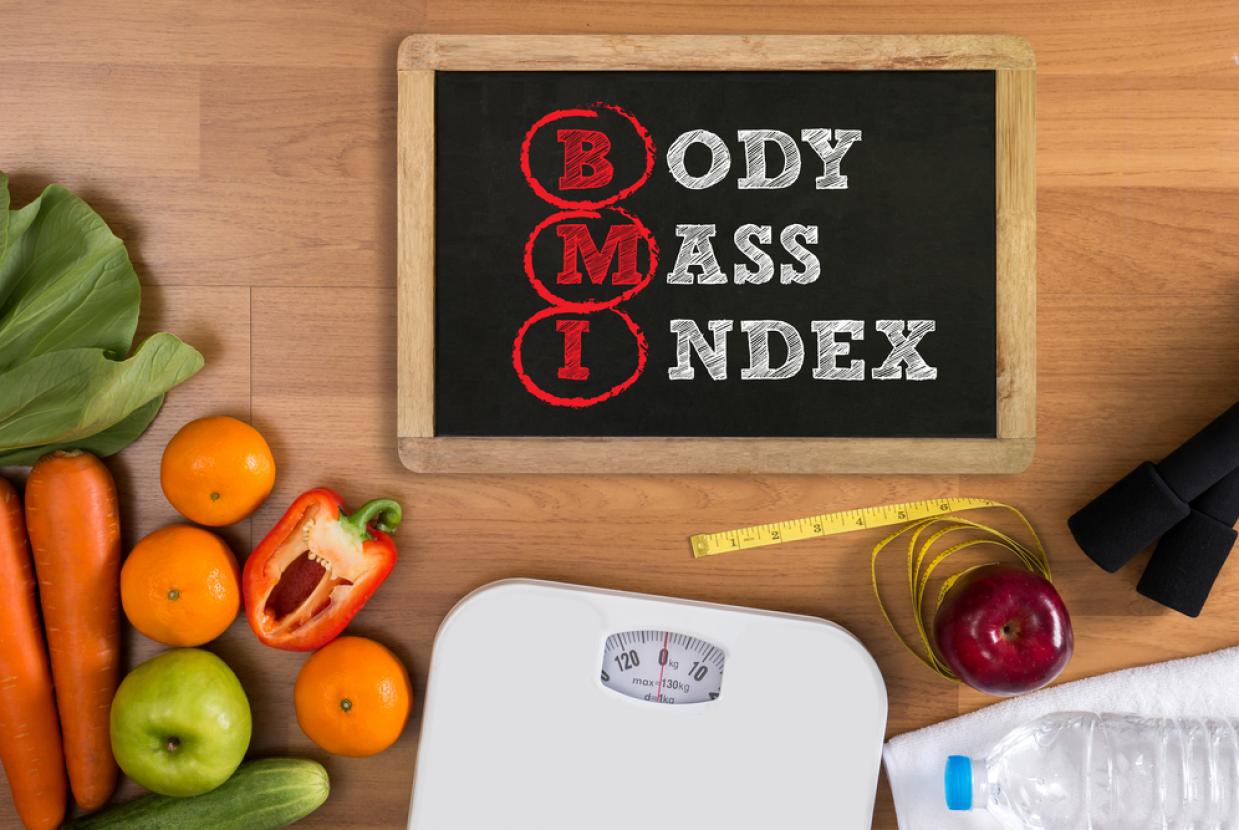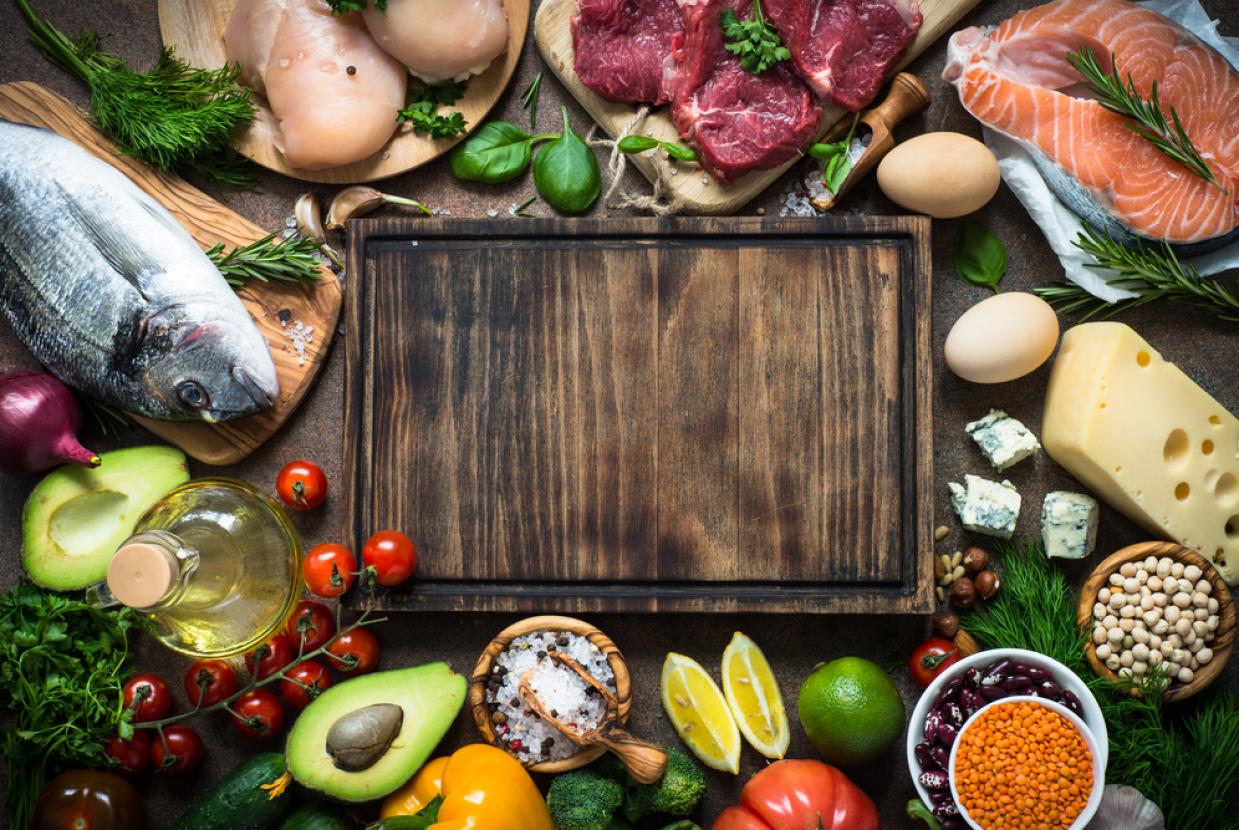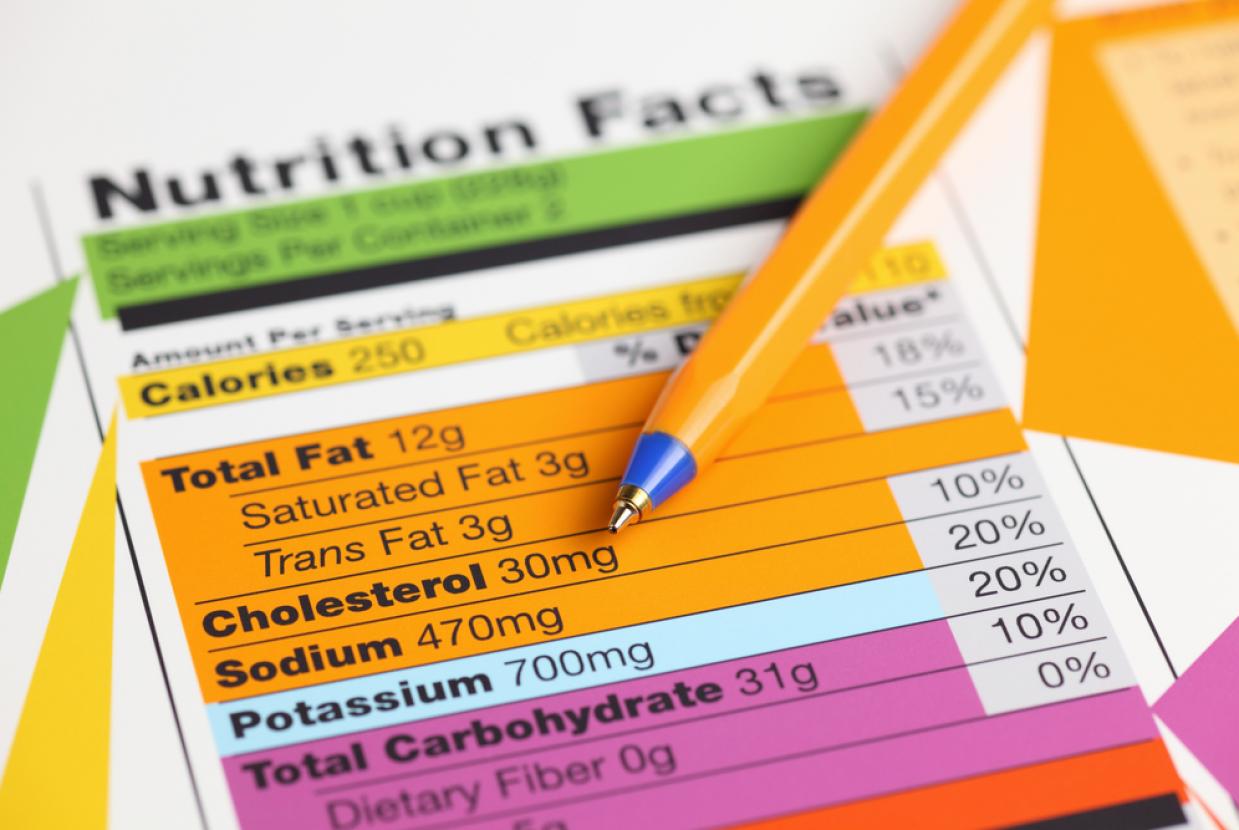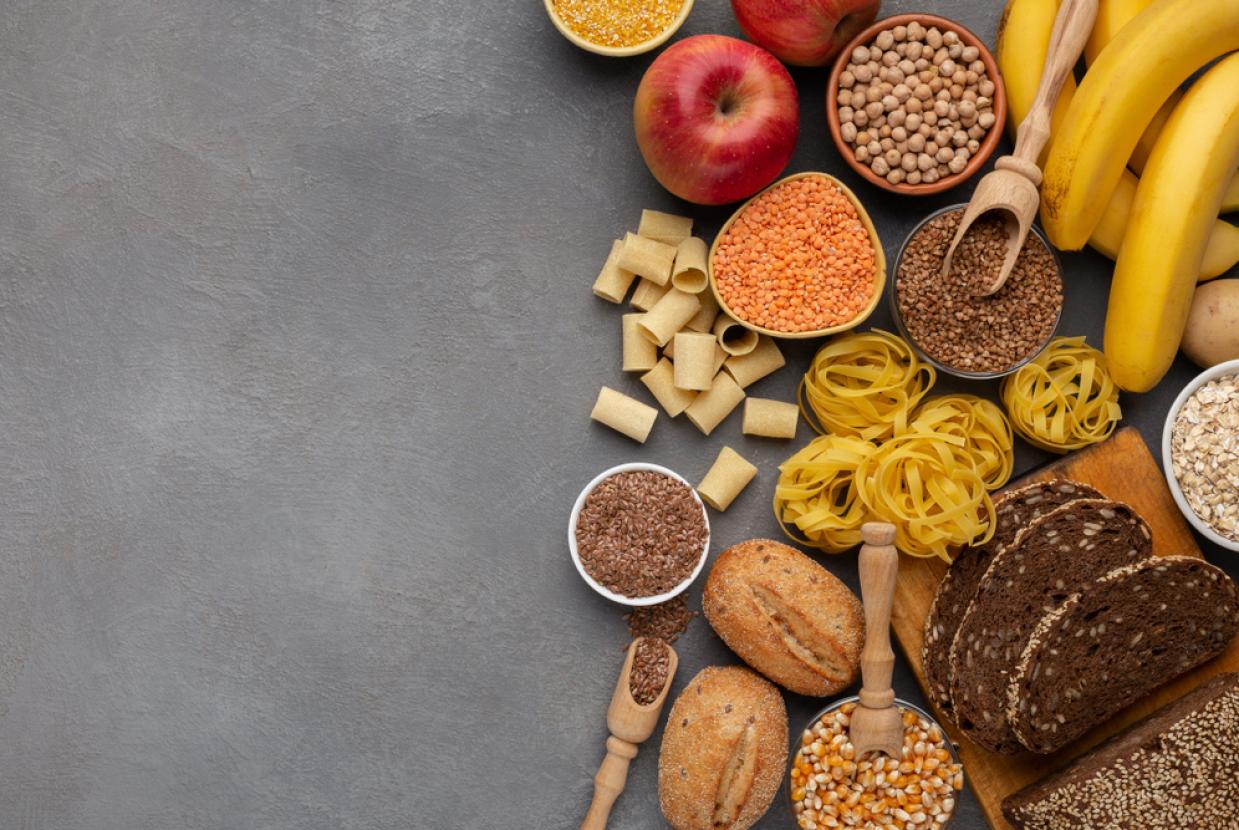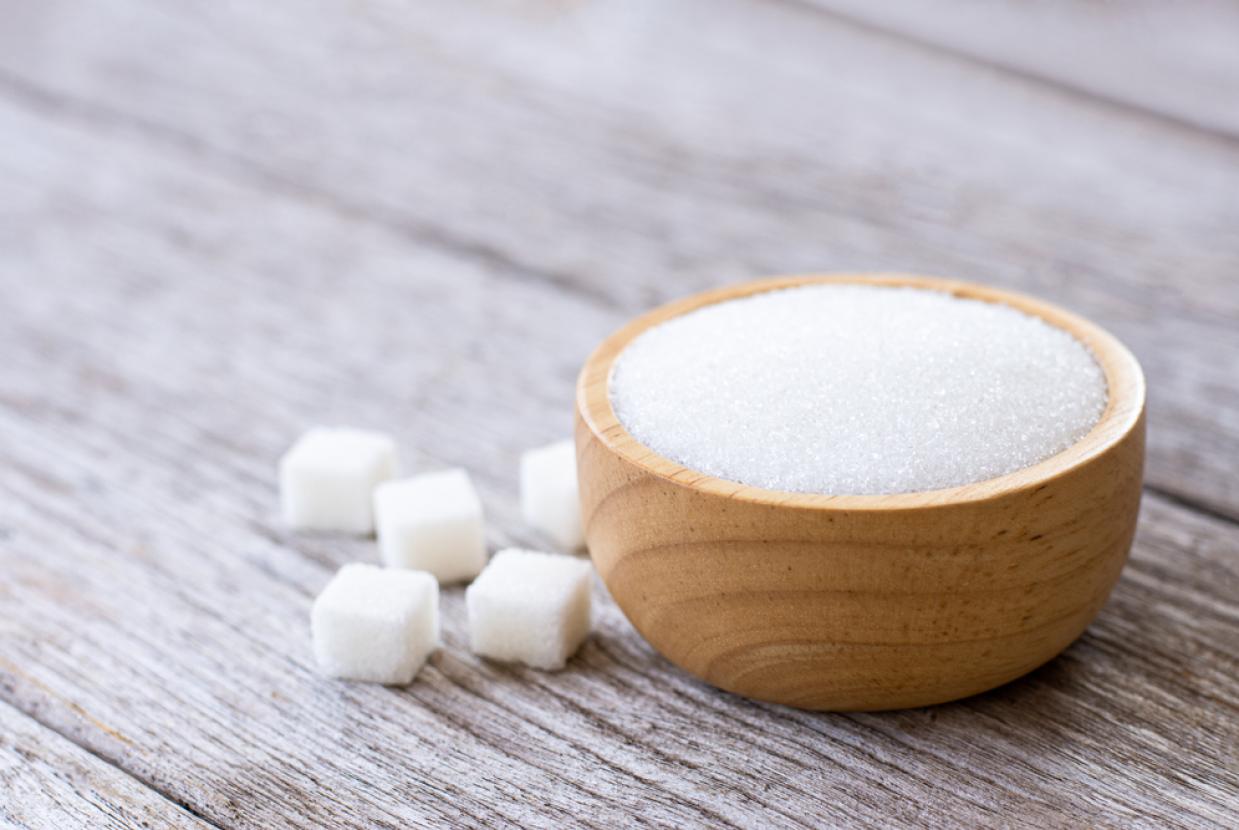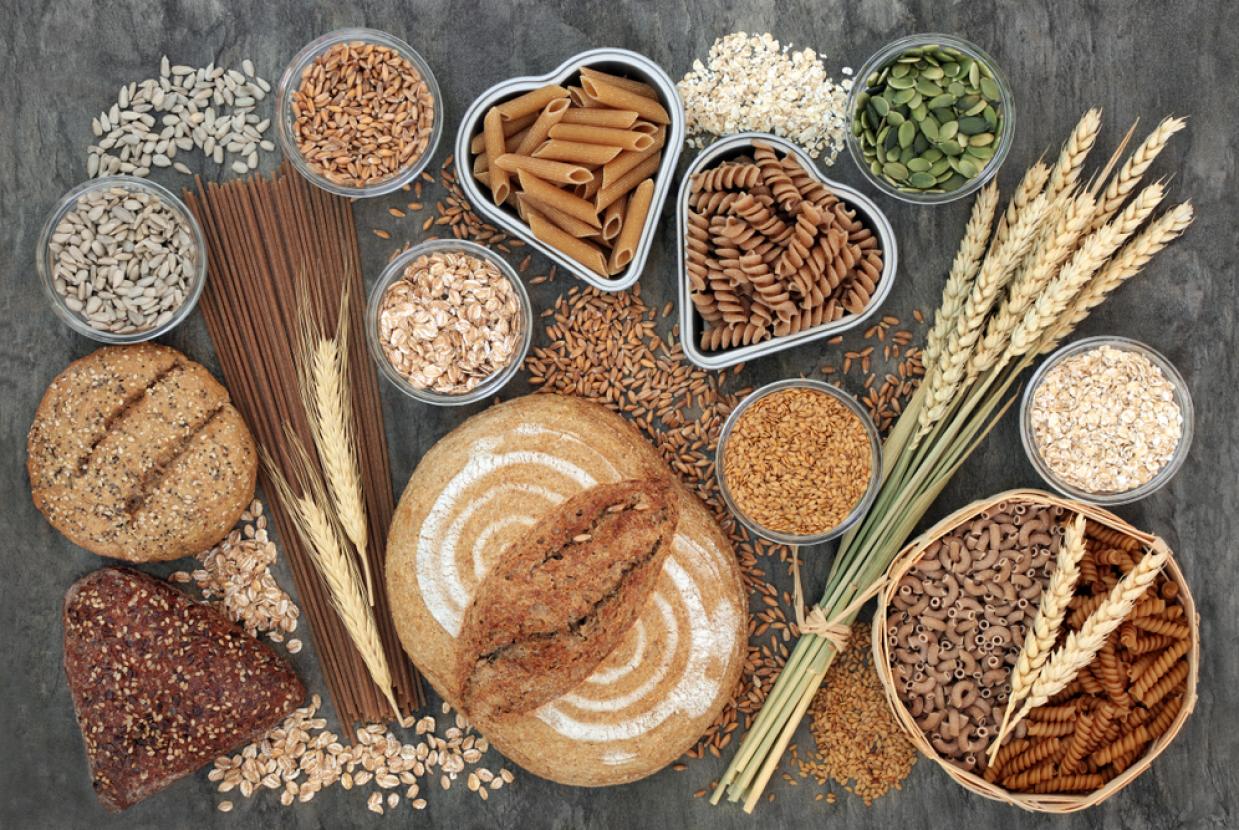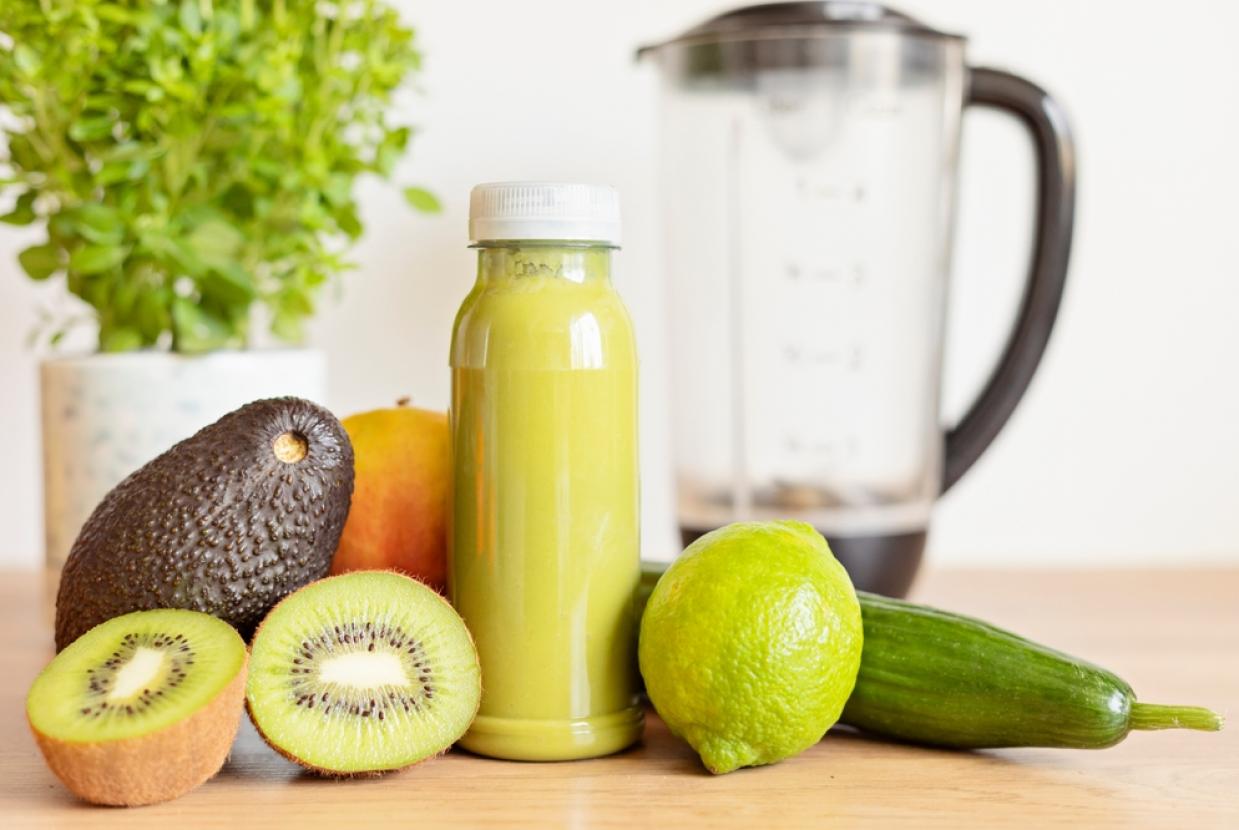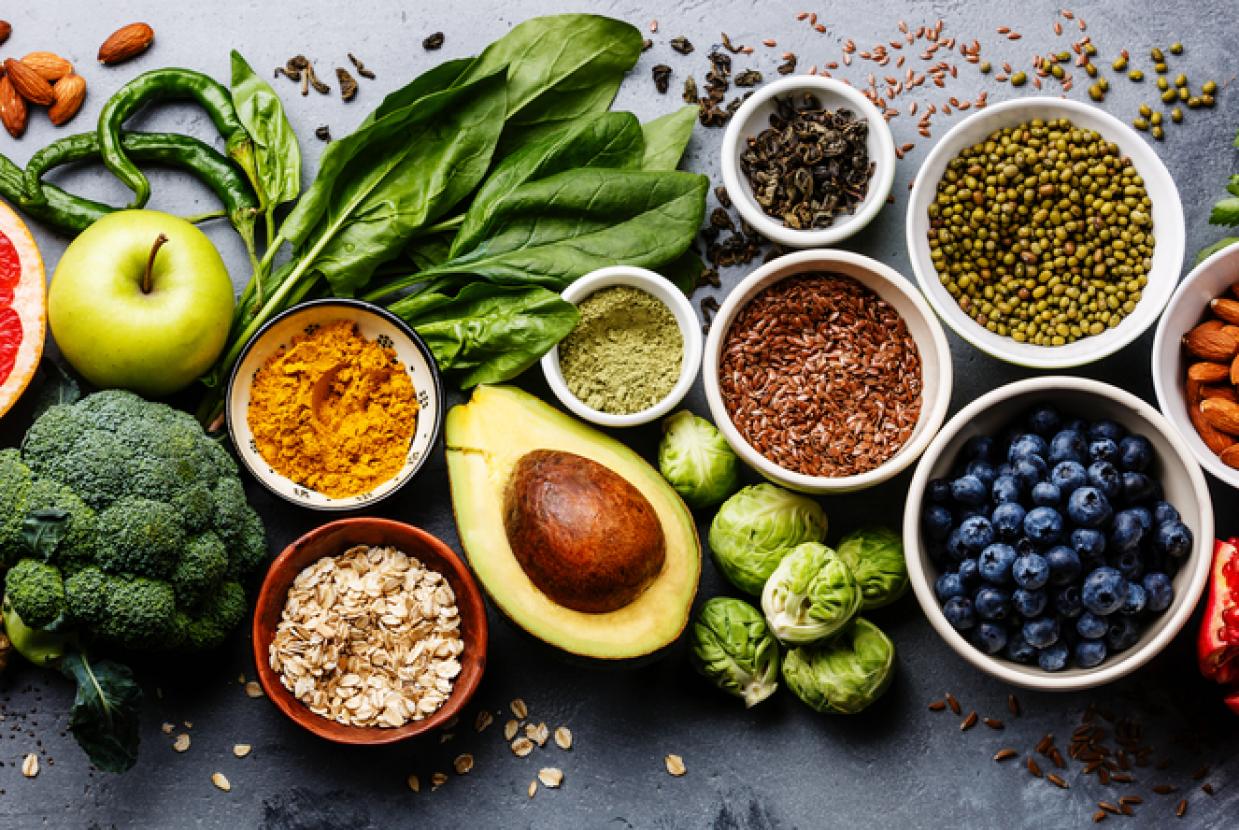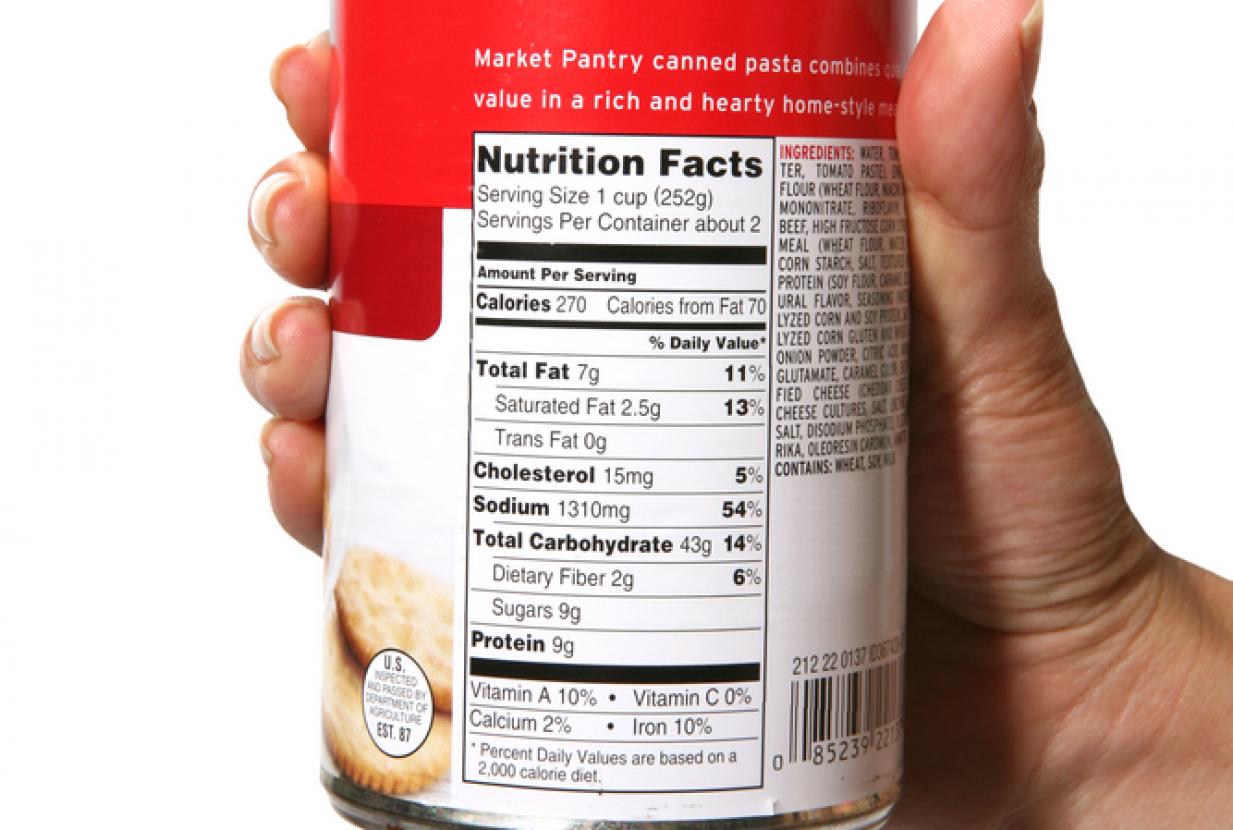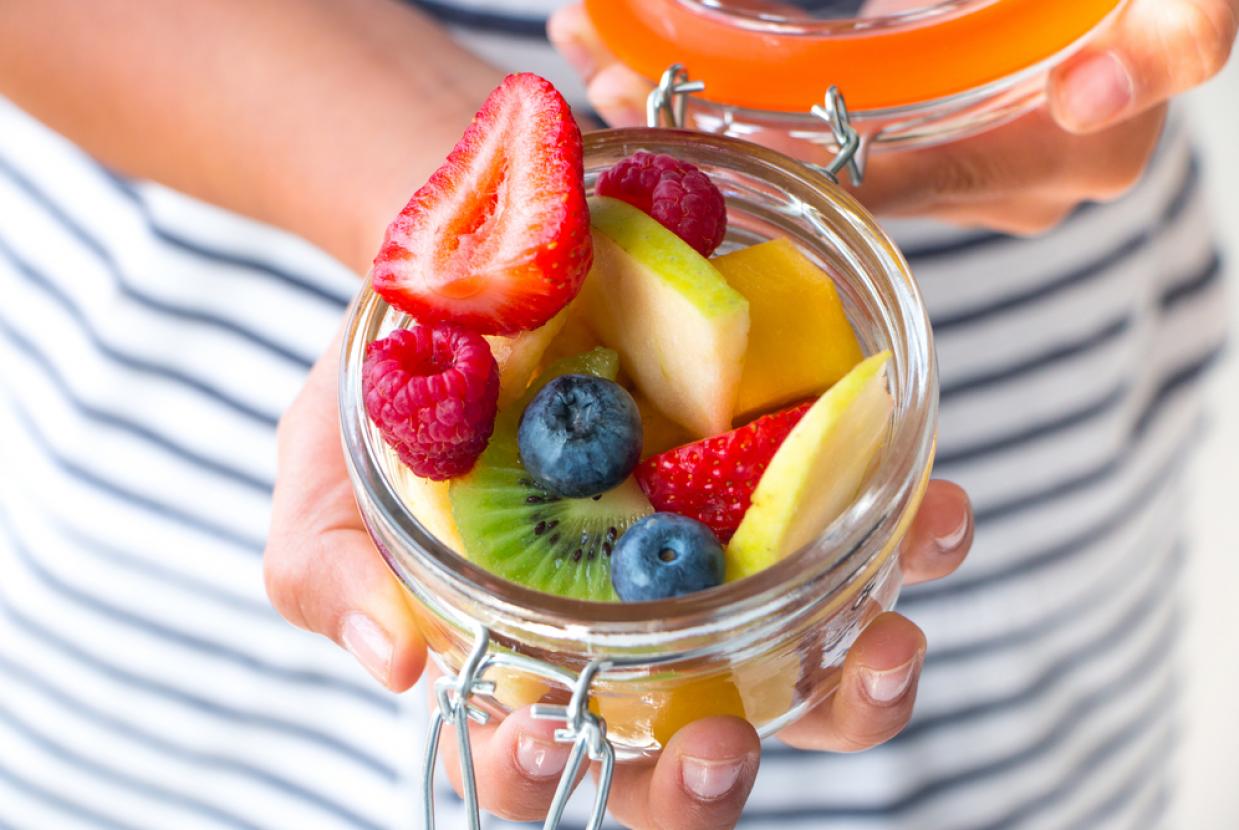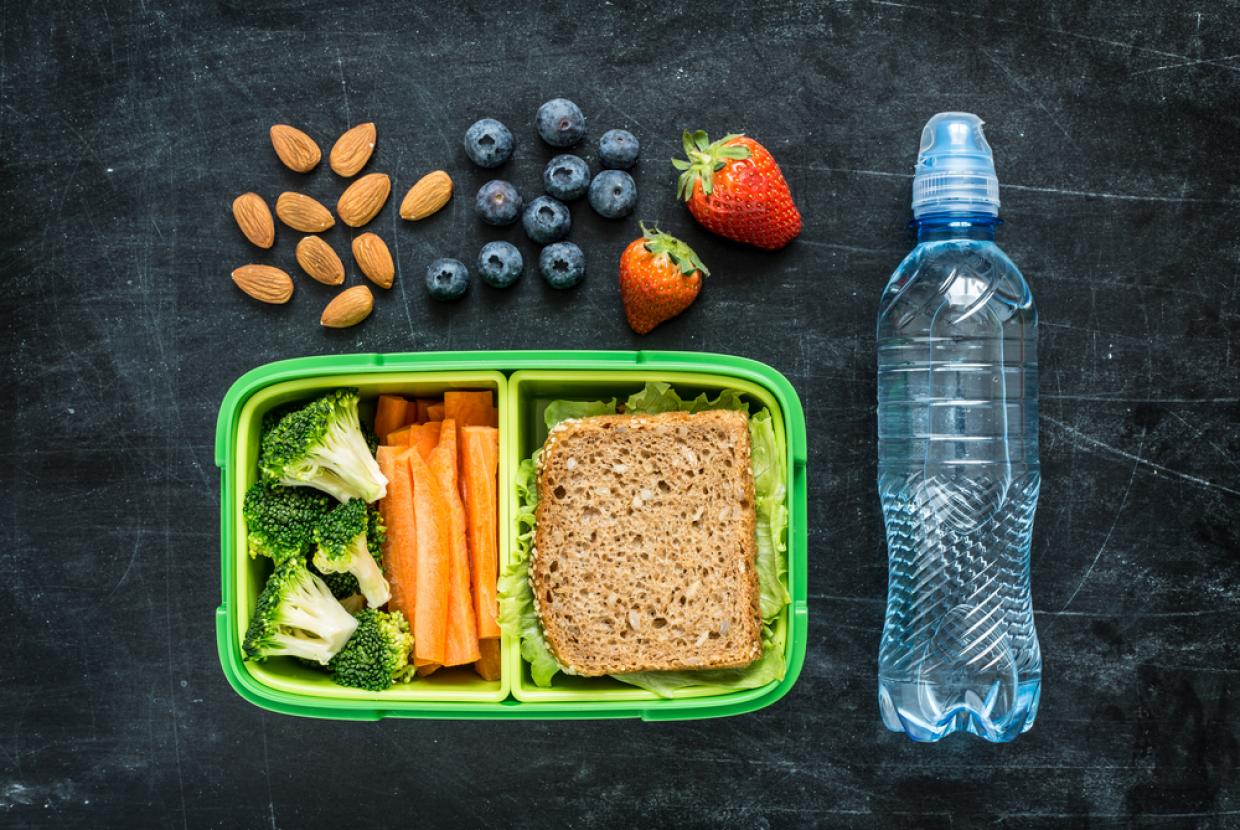British Dietetic Association Healthy Eating Tips
Healthy eating is about having a balance of different foods and nutrients in the diet for good health and wellbeing. It is not about ‘dieting’. It doesn’t have to be boring or difficult. Healthy eating is about enjoying your food, at the same time as being mindful about what you eat.
There are four main food groups. These are:
- Carbohydrates
- Fruit and Vegetables
- High Protein Foods
- Dairy (& alternatives)
The Eatwell Guide shows the ideal proportion of each of the different food groups to include in your diet.
Carbohydrate
Carbohydrate (starch) is the body’s main energy (fuel) source. Starch is broken down to produce glucose which is used by the body for energy.
Starchy foods are an important part of the diet. They should make up about a third of all the food that we eat. You don’t have to avoid or restrict them because they are ‘fattening’. Instead, be aware of the total amount of starch that you eat. Cutting out one food group, such as carbohydrate can cause dietary imbalance. Starchy foods include bread, potatoes, rice and pasta. Wholegrain options are healthier choices.
Fibre rich foods help the gut to function properly and have many other health benefits. Studies have shown that people who have overweight or obesity tend to lose weight if they include plenty of high fibre, starchy carbohydrate in their diets.
Fruit and vegetables
Fruit and vegetables contain high levels of 'micronutrients'. These include vitamins, minerals and antioxidants. Micronutrients are essential to the body’s many biochemical processes. Fruit and vegetables are often high in fibre. They are generally low in calorie and they taste good!
The current UK guidance recommends at least five portions of different fruit and veg per day. Like carbohydrate, fruit and veg should account for about one third of what we eat, per day. Dried, frozen, tinned, as well as fresh, fruit and veg are all included. One portion of pulses (baked beans, lentils, dried peas) can also count towards your five a day.
Protein
Protein is vital. It is the body’s main building block. Animal products such as meat, fish, eggs and dairy are good sources of dietary protein. Meat and fish also provide the body with a form of iron (haem), which is easy to absorb. Fish also contains essential fatty acids (eg. omega-3).
Protein also comes from foods of plant origin. Pulses, nuts, and seeds are all high in protein. Pulses are a very good meat alternative, whether or not you are vegetarian or vegan.
Cutting back on consumption of red meat (beef, lamb, goat, pork) especially, is better for your health and for the environment: current advice is to have no more than 300g of red meat per week. Try to avoid processed meats such as bacon, salami, hot dogs, ham. Consumption of these cured meat products has been linked to a much higher risk of certain gut cancers.
Dairy
Dairy products (and calcium-fortified alternatives) are the body’s main source of calcium, which is necessary for the growth, development and maintenance of healthy bones and teeth. Dairy products and alternatives are also a source of protein.
Milk, cheese, cream and milk-based sauces and yoghurts can have a high saturated fat content. Fat reduced options are recommended, and small quantities.
Fats
Dietary fats have many important functions in the body. Like carbohydrate, fat provides energy or fuel (measured in calories) but is more calorie-dense (calorific) in comparison. All fats should be consumed in small quantities. All fats have the same calorie content, but they have different effects on the body, and especially, on cholesterol levels.
Saturated fats
Saturated fats can increase the level of a certain type of cholesterol, (LDL) which can build up, over time, in the arteries and blood vessels, leading to heart disease and other problems of the circulatory system.
Saturated fats are often found in high levels in fatty meat, butter, cheese, cream and in many processed foods (though not eggs or shellfish). Trans saturated (or hydrogenated) fats are another type of saturated fat. They are mainly, artificially produced and used in food manufacture.
Unsaturated Fats
Unsaturated oils and spreads are the best choice of dietary fat. These are found in many vegetable oils and include olive oil, rapeseed nut and seed oils. All contain ‘good’ HDL cholesterol, which can remove the potentially harmful LDL cholesterol (found in saturated fats) from the body.
Essential Fatty Acids (EFAs)
EFAs (such as omega-3 oils) are ‘essential’ because our bodies can’t make them and we have to obtain them from our food. EFAs are found in the skin of white fish but also in the flesh of oily fish such as fresh and tinned salmon, mackerel, sardines and fresh tuna. Advice for fish eaters is to have one portion of oily fish, and one portion of white fish per week.
EFAs can also be found in some plant oils such as flaxseed, rapeseed and soya but there is not as much in these oils as there is in fish and seafood.
Sugar
Sugar is a type of carbohydrate. Like starch, it breaks down into glucose, to provide energy for the body. ‘Free’ sugars are often added to foods during manufacture and include refined sugars such as sucrose (table sugar). This kind of sugar is also found naturally, in unsweetened fruit juices, and in syrups and honey.
Excess consumption of free sugars is linked to the risk of obesity, type 2 diabetes and tooth decay. Many of the free sugars that we consume, are in sugary drinks. A regular can of cola for instance, can contain the equivalent of seven teaspoons of sugar (35g). The guidance about free sugar consumption suggests a daily limit of 30g. This is equivalent to six teaspoons.
The natural sugars found in milk and in whole fruits and vegetables are not free sugars and do not need to be restricted in the same way.
Salt
High levels of salt in the diet can increase blood pressure. Most of the salt that we eat is added to processed foods. The total daily salt intake for adults should be no more than 6g per day (one tsp).
Fatty and sugary snacks
Fatty and/or sugary snacks and drinks generally have little nutritional value apart from providing calories. They can be included in the diet, but should be eaten in small amounts and less often.
Summary
- Having a variety of foods in the recommended proportions and (portion sizes), can help you to be and to stay healthy.
- Balance is important.
- Diets that cut out entire food groups can deprive your body of the nutrients it needs and limit your choice of foods.
- Try to get most of your calories from starchy foods.
- Include plenty of fruit and veg in your diet.
- Try to replace meat with pulses once or twice a week.
- Limit saturated fats, salt and sugar. These are found especially in processed foods, so look at food labels.
- Fatty and sugary snacks are usually full of calories and don’t usually offer much other nutrition.
- Unless you have a specific deficiency, a balanced diet should provide all the necessary vitamins and minerals that your body needs.



